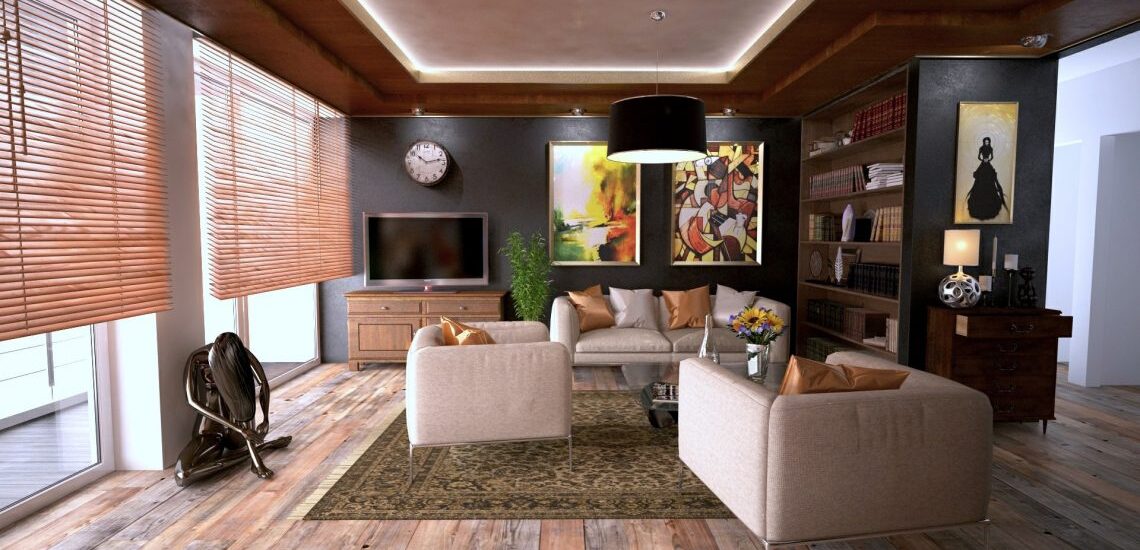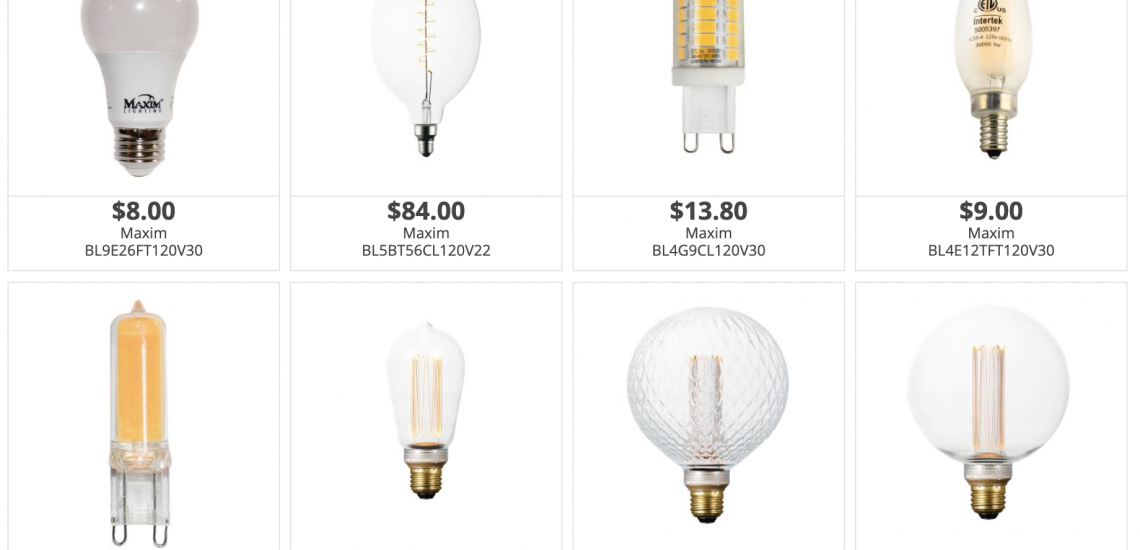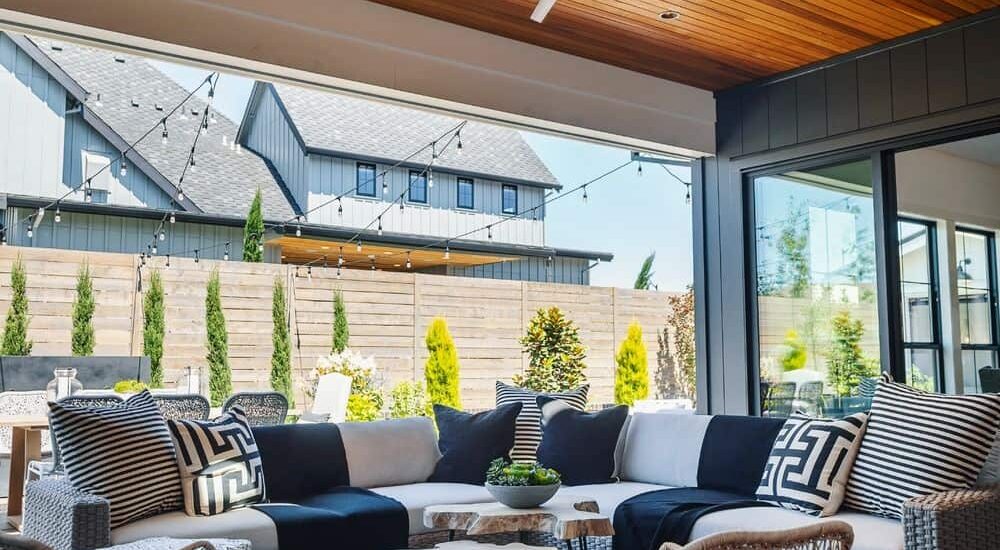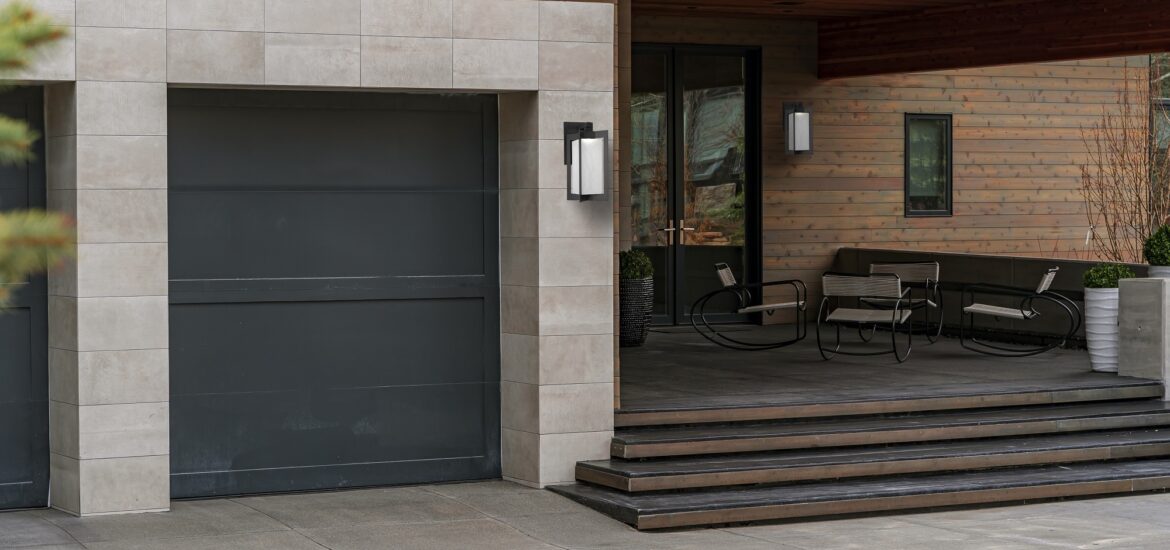There are many benefits to having automated shades and lights in your home – effortless privacy, comfortable lighting, better sleep, and less energy usage just scratch the surface. Let’s dive into all the things you need to know about automating your home and making sunlight work for your benefit.
Switching to LED Lamps, Bulbs, and Fixtures
Making the switch to LED bulbs in your home.
Want to make the switch to LED but don’t know where to start? Start with your lamps! Lamp bulbs are easy to switch and can make a big difference in your home’s ambiance.
Innovative Hallway Lighting
At the Light Center we have a saying, “Lighting is everything.” With all the capabilities that technology has to offer, lighting is at the top of our cannot live without list. Legrand is a brand we carry, and they have worked hard to think outside of the box in order to make all of our lighting easy to use and oh so useful. Adorne by Legrand is a built-in hallway light, imagine a flush night light. Installing the portable night light is easy, it goes straight into an existing outlet and provides low lighting at night, very helpful for those late-night trips to the kitchen where you don’t want to trip over anything but aren’t wanting to grab a flashlight or turn on the full overhead light.
Everything You Ever Wanted to Know About Ceiling Fans
As the days get longer and warmer, we are quickly reminded of the importance of having a good ceiling fan! Not only are fans an essential, staple fixture for your home, but the world of ceiling fan design has evolved immensely over the last few years, leading to an eruption of new styles and technologies! We’re giving you a crash course on everything you ever wanted to know (and more!) about ceiling fans:
Updating Your Exterior Lighting to be Dark Sky-Compliant
Have you ever gone camping out in the wilderness, looked up at the night sky, and been totally in awe of how bright and magnificent the stars are? Or on the flip side, have you ever been in a big city and noticed that the same night sky seems to have no stars at all? The reason for these two scenarios is the varying amounts of competing light in their surrounding areas, a.k.a. the amount of light pollution.








